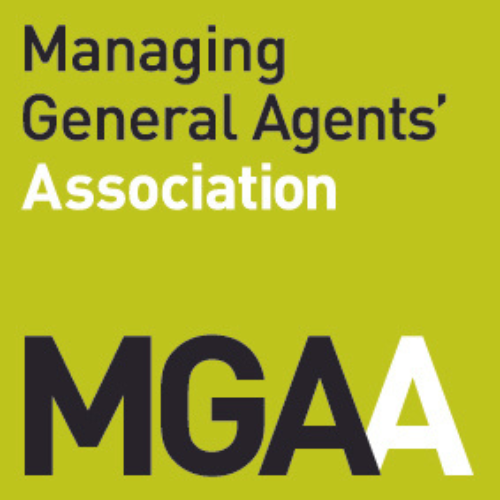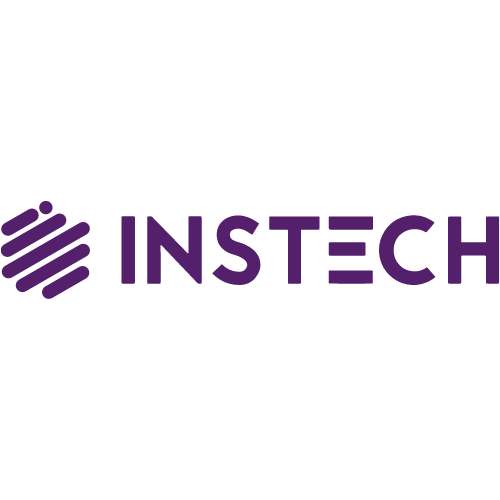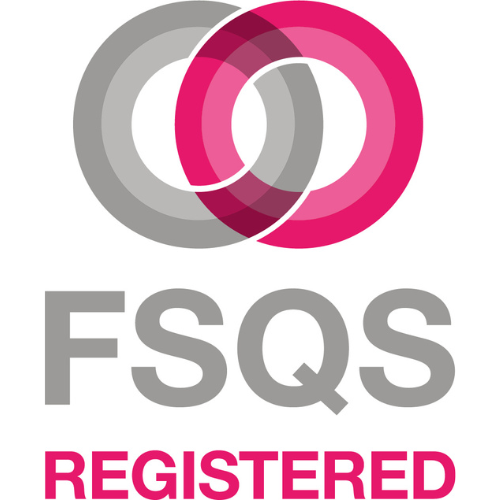Financial risk is an inherent element of the insurance market and one our industry generally feels confident managing. But the emerging set of facts that surround InsurTech disruptor Vesttoo remind us all that we must remain vigilant to the risks we are exposing our business to, not just for the risk transfer that insurance firms accept from their clients, but also in the way the carriers identify and mitigate risks more generally.
The capacity provided by the ILS market through collateralized reinsurance is estimated to be in the region of $55bn and a vehicle for managing catastrophe losses employed increasingly commonly across the insurance market.
Its primary benefits are that it can reduce counterparty risk without restricting the balance sheet optimization mechanism of the reinsurance cover and can also provide protection for the ultimate net loss sustained by a reinsured.
It can also offer flexibility and customization for both a cedant and the protection provider as this mechanism opens up channels for accessing and providing lines of credit through both traditional and non-traditional sources.
Vesttoo is one such provider of this product and offers collateralized reinsurance products through its model synergizing the capital needs of the insurance industry with the low-volatility investment objectives of the capital markets.
Founded in 2018, this InsurTech company provides a marketplace for non-catastrophe insurance-based risk transfer and investments and was valued at $1.5 – 2 bn in May 2023. It became the focus of a fraud scandal in July 2023 when it was discovered that fake letters of credit had been provided by an affiliated bank to the Vesttoo company, representing around £4bn in collateral.
While the extent to which this fraud has impacted insurance market players is not yet entirely clear, fronting specialist Clear Blue Insurance Group revealed that it had paid at least $23 million in commissions to Vesttoo entities that provided collateral for reinsurance deals.
Fronting specialists, such as Clear Blue, have consequently been faced with the risk that reinsurance capacity required to support transactions would not be there, or at least that the collateral security would not be valid to support the functioning of their client programs. This has seen Clear Blue joining the much publicised legal case involving Vesttoo as a creditor to the Chapter 11 action, alongside Aon’s segregated accounts and reinsurance transformer company White Rock Insurance (SAC) Ltd. It says that there were 37 letters of credit (LOCs) that were likely invalid, which represented some $2.35 billion in value.
While Clear Blue has publicly stated that it could seek out more reinsurance to protect its surplus and capital, and has already replaced over half of the coverage required to be in place, this has not stopped them being put under review by AM Best. Prompted by concerns about its ability to rely on certain letters of credit, Clear Blue’s A-rating has been qualified with a negative outlook, while the effectiveness of mitigation strategies to address this issue are assessed. An immediate and very measurable reputational impact.
More generally, this poses a number of questions for those using collateralising instruments for their reinsurance arrangements and should be considered through the lenses of solvency and financial security, supply chain management and of course, reputational risk.
Be it a carrier, or an MGA, where they use collateralised reinsurance to retain a proportion of a risk on their own balance sheet, there are certain potential financial implications which will need to be understood, including:
- Will there need to be a write off of some of their receivables from Vesttoo or its fronting partners, which could impact profitability and liquidity;
- What is the likelihood of scrutiny or legal action from cedants, regulators or policyholders, if the provision of adequate coverage or claims payments due to Vesttoo’s collateral shortfall is compromised; and
- The likelihood of loss of trust and credibility in the market, as Vesttoo’s crisis could damage their reputation and relationships with their insurers, reinsurers and investors .
These events also provide a timely reminder to carriers and MGAs to undertake robust and periodic due diligence of its third parties and partnerships. By its very nature, fraud is difficult to mitigate, but ensuring appropriate oversight of all business arrangements must be a priority for the market.
Vesttoo initially stated that the fraud was perpetrated externally to the organisation – allegedly by affiliated Chinese banks – and was a current, rather than historic issue. However, a further fraudulent LOC, dating back to 2019 was reported on last week, suggesting a more systemic issue within the company’s governance and oversight frameworks. This week, Vesttoo has further alleged that former executives and third parties engaged in “pervasive and systemic misconduct” and has claimed to have uncovered “conspiracy”.
This is something which should cause companies to pause and consider if they are confident in their due diligence processes when it comes to engagements with third parties – particularly in one that might be described as playing in the ‘disruptor’ space. Thoroughly interrogating all commercial arrangements should be a non-negotiable for carriers, brokers and MGAs alike to ensure the impact of such events as are currently unfolding, might be mitigated to their fullest potential.
Likewise, the emerging InsurTech market and its players should consider this a salient lesson for them to ensure they robustly manage their own governance and risk frameworks. Trust and reputation is hard won and easily lost and while the insurance market is benefiting more generally from such innovations and keen to be part of this progress, such a traditional market could be spooked.
If you have any questions about the way your firm is managing its risks, please do speak with the author, or your usual contact at ICSR.









